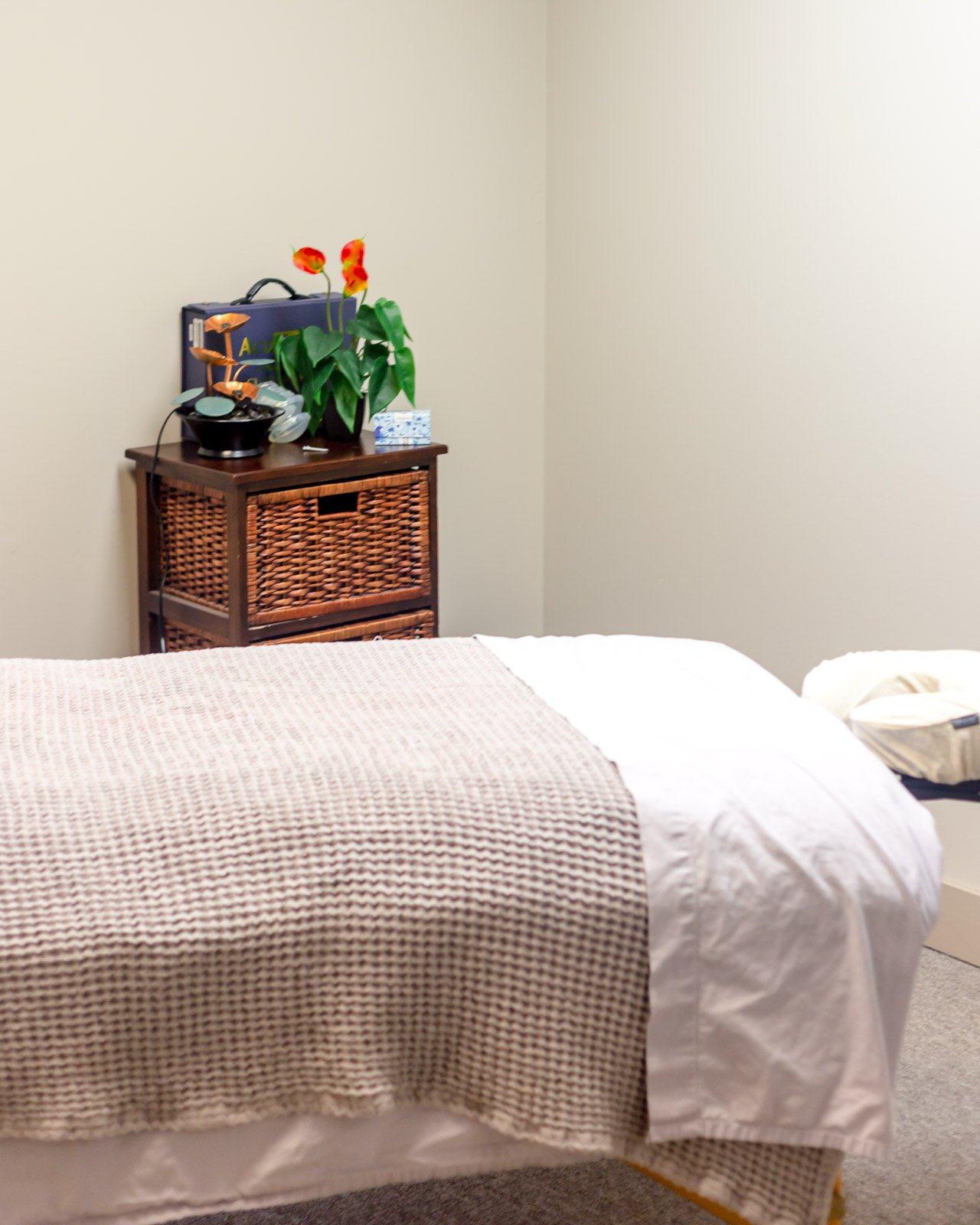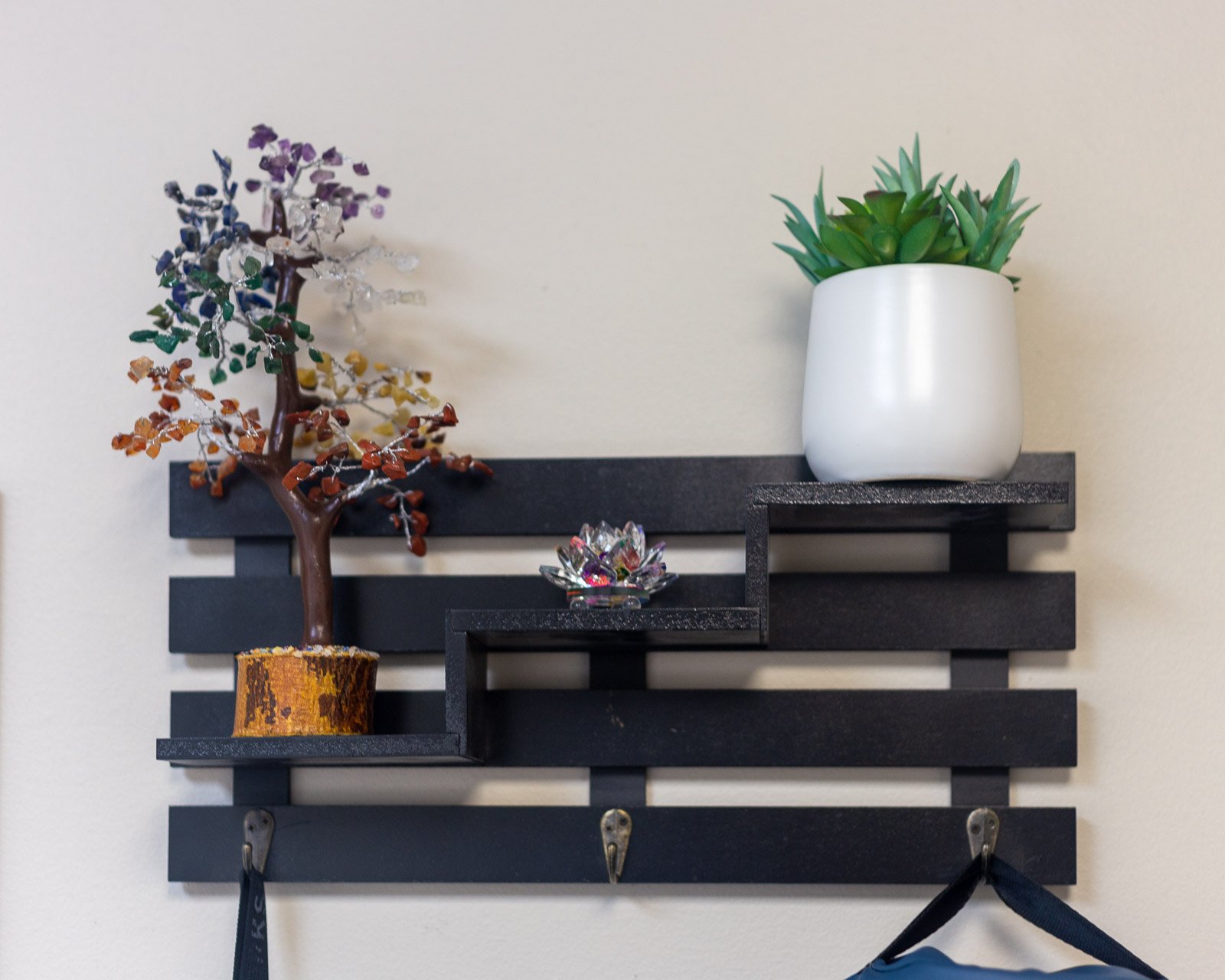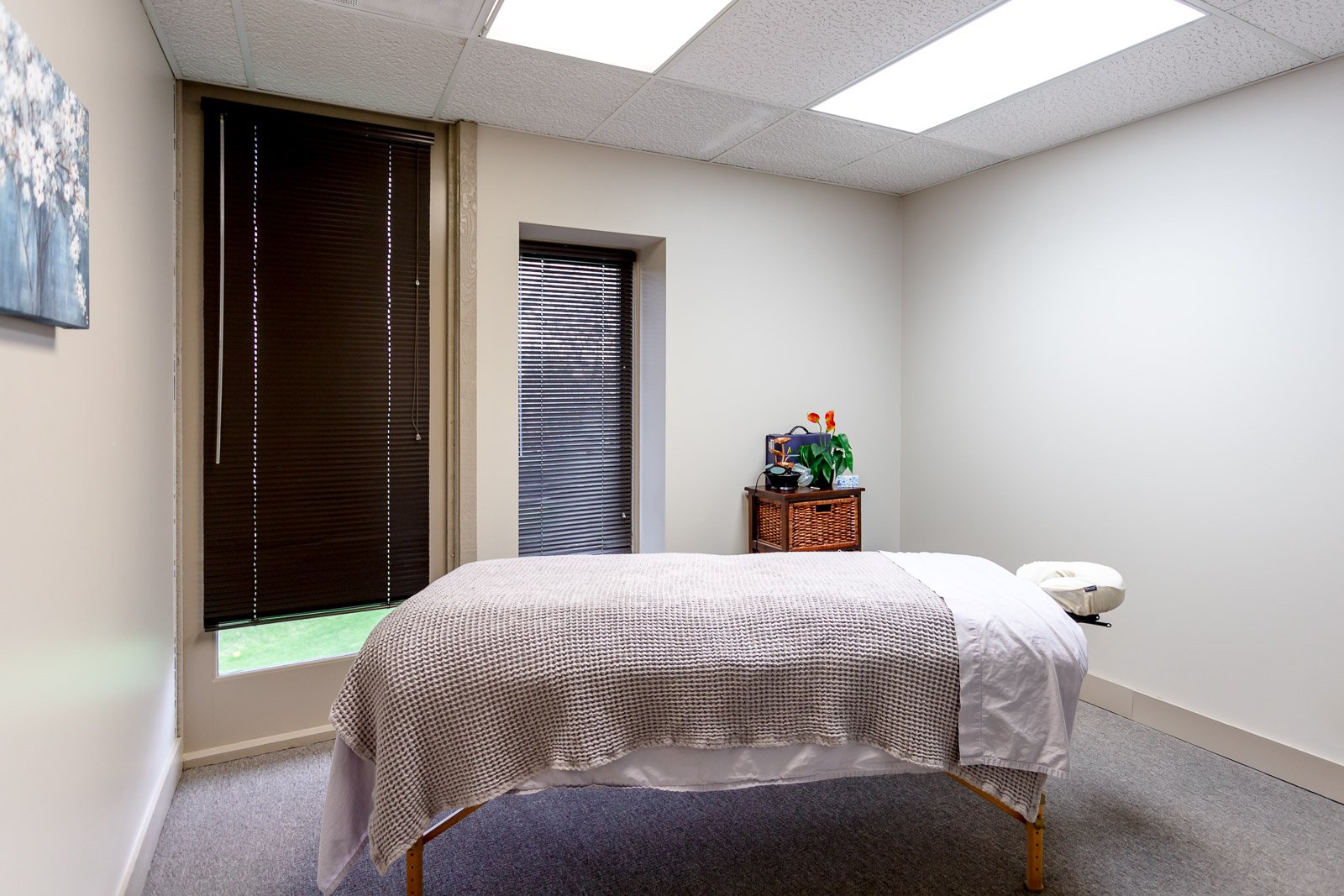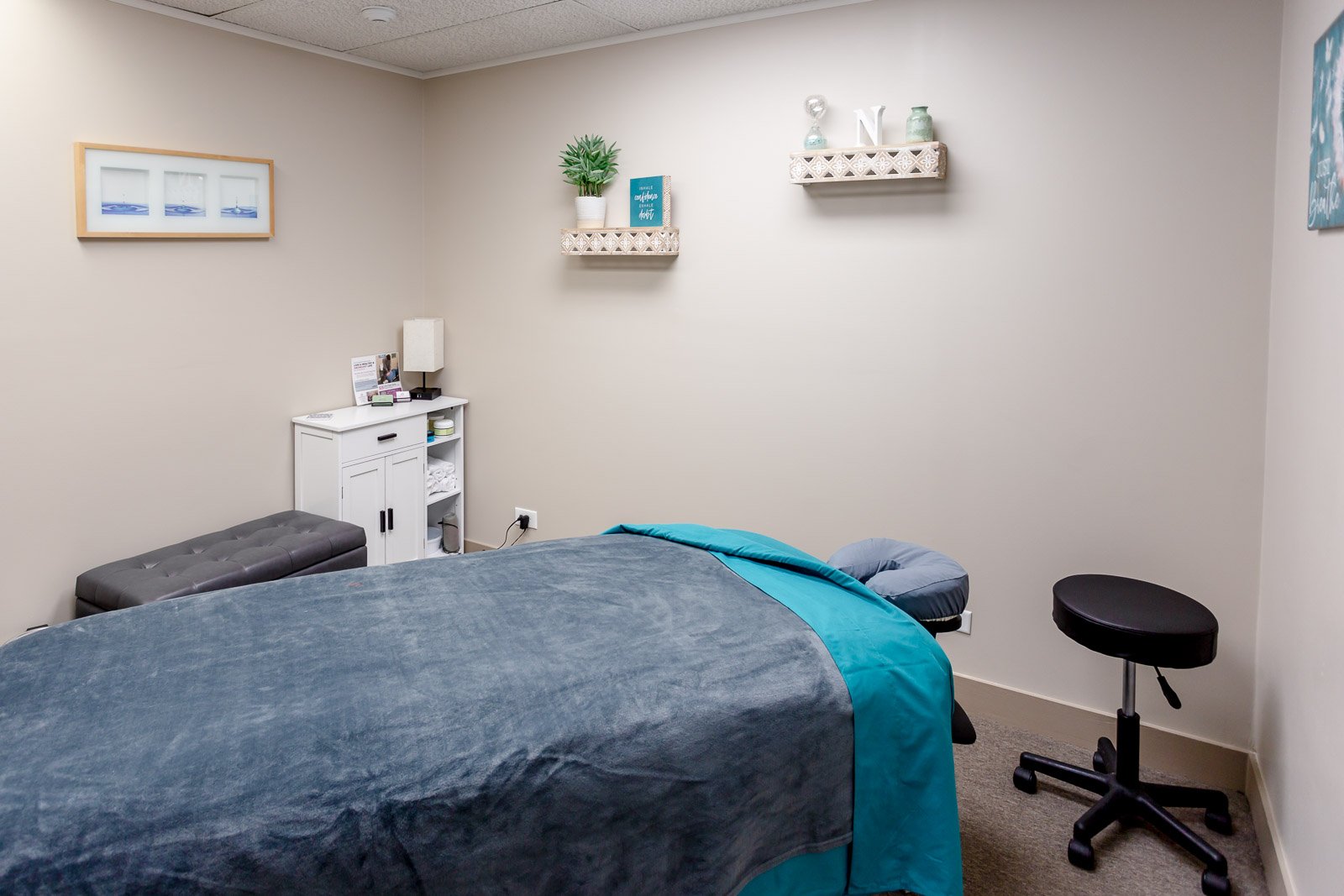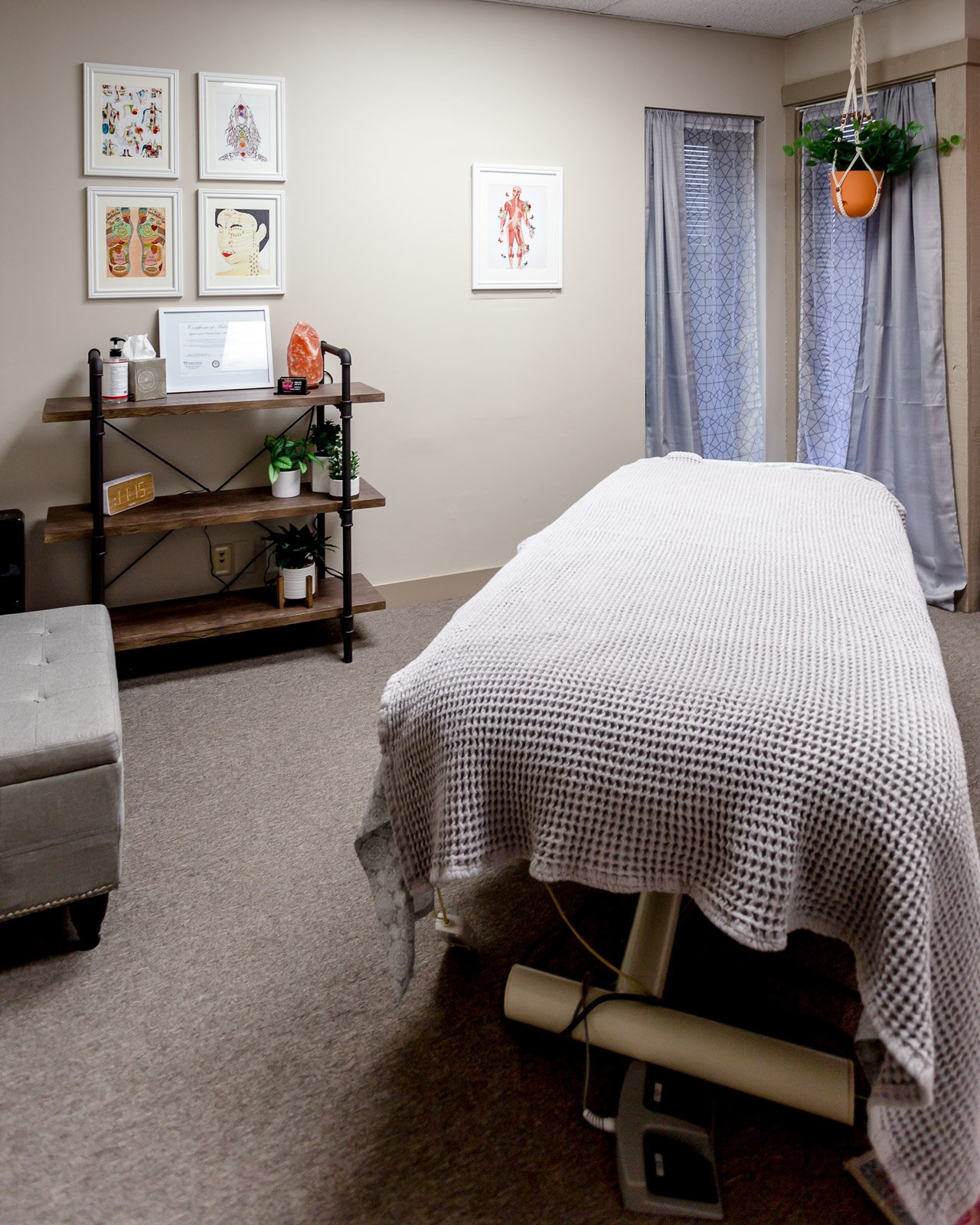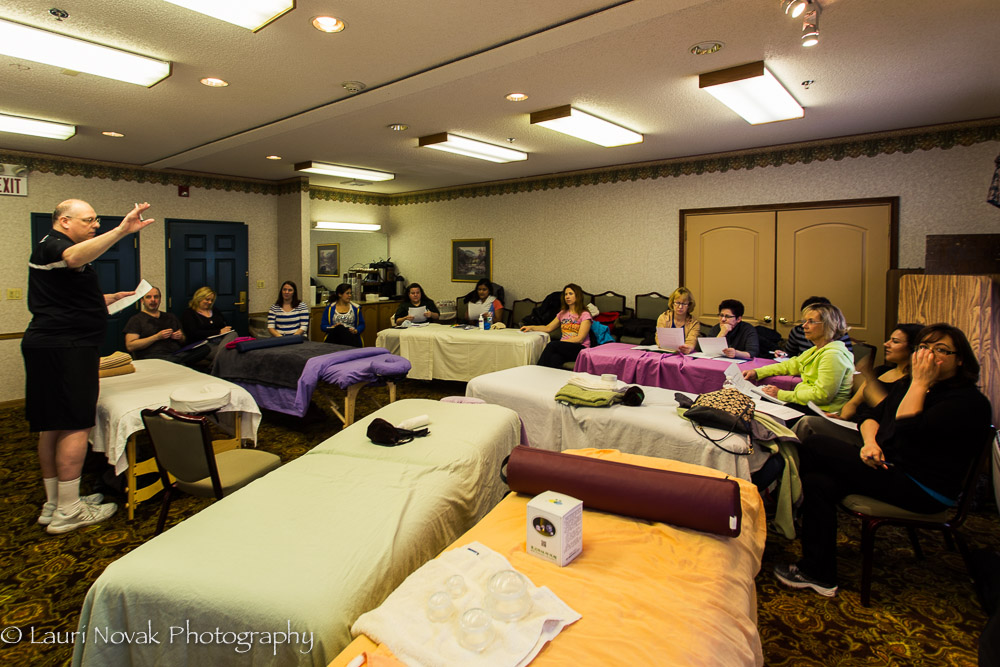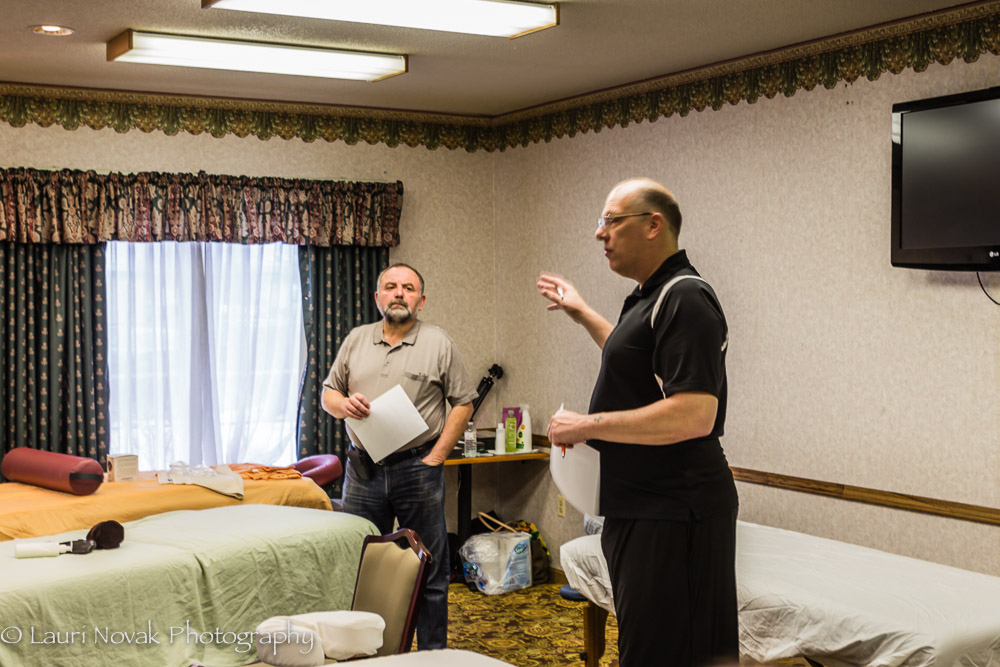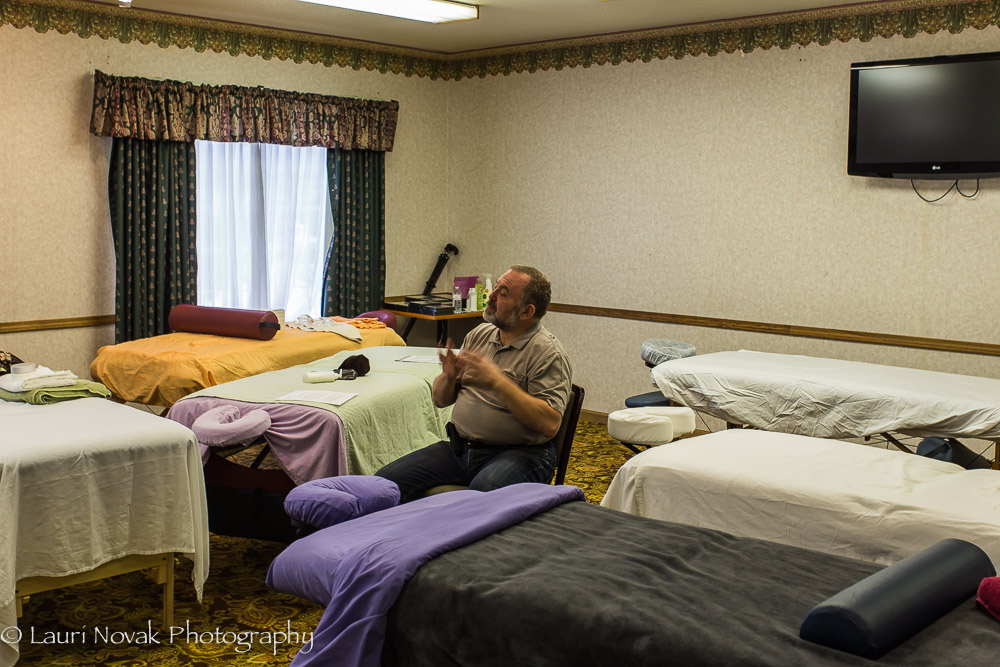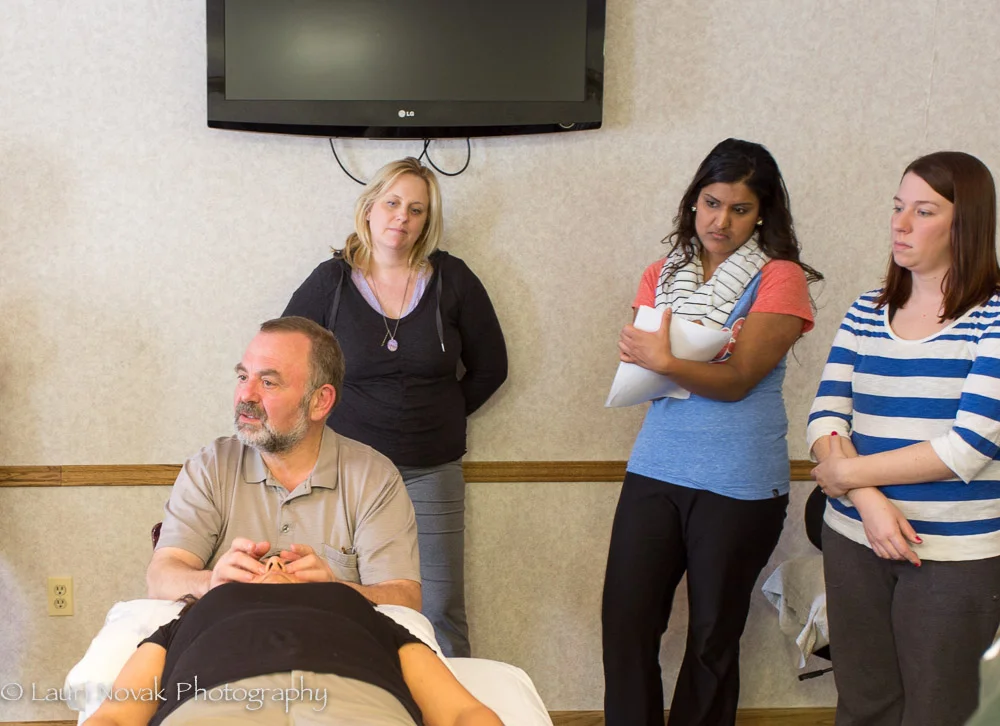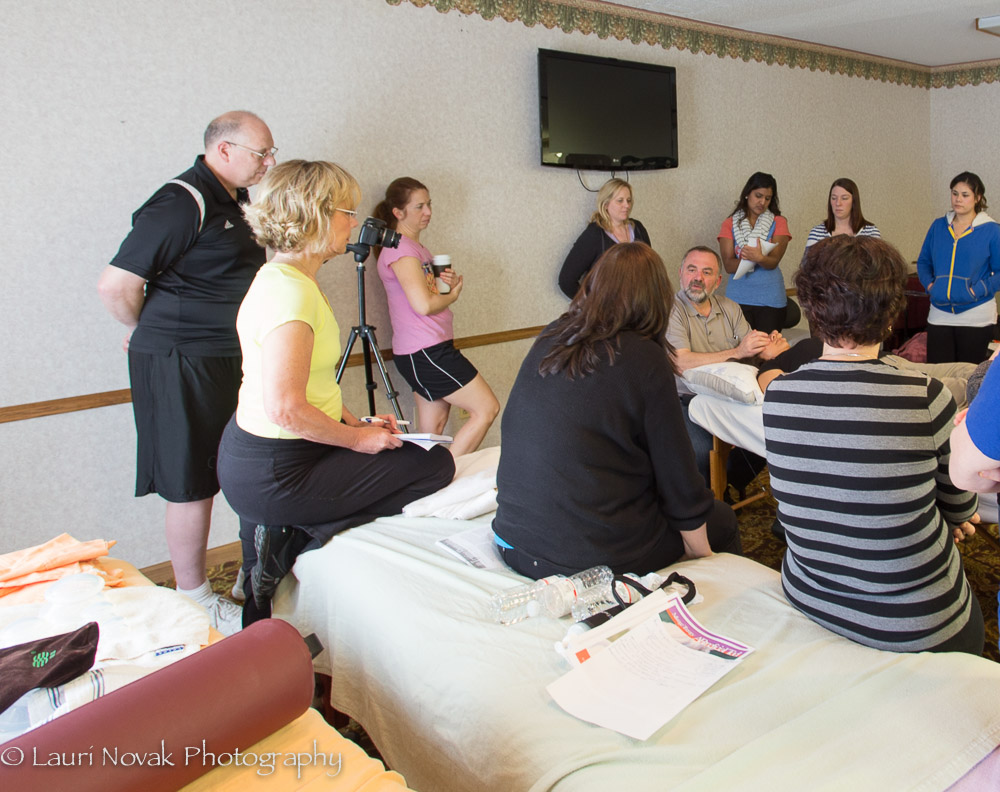Let's Talk About Pain!
Onset of Pain
Character of pain
Question: How would you describe the pain you have or had (sharp, aching, burning, pulsating)?
Sharp pain
Sharp pain in a patient is the most difficult to differentiate because it can be caused by various reasons from nerve compression by the herniated disk to muscle trauma and active periostal trigger points.
Aching pain
Aching pain is more frequently associated with hypertonic muscular abnormalities (hypertonus, trigger point, myogelosis). Other examples are Osteoarthritis, Fibromyalgia, and referred pain from abnormalities of inner organs (e.g. pain in the right upper shoulder in patients with liver diseases).
Burning pain
If the patient had or has even short episodes of burning pain, the practitioner can be 100% certain that the nerve that innervates this part of the body is under pressure.
Pulsating pain
Usually pulsating pain is accompanied by two major conditions: acute inflammation and venous stasis as a result of insufficient drainage.
Type Of Pain?
Local Or Radiating
Visceral Pain
Internal pain/ Send to the doctor for treatment
Time of Pain
Morning Pain? Typically related to muscle tension. The heart is at rest overnight and does not pump as much blood.
Late Afternoon/Evening Pain ? More likely related to a mild herniated or bulging disk. As the day progresses the vertical compression on the disk affects the spinal nerve, hence increasing pain and discomfort.
Night pain? If the client is tossing and turning all night it is sign of severe muscle spasm or pressure on the nerve. Usually continuous night pain means that we are dealing with a more difficult case.
Correlation of the Pain with Movement
Pain increases with movement
Pain decreases with movement
Movement has no effect on the pain intensity
Pain Intensity/ 1-10
Evaluation of Sensory and Motor Abnormalities
Lumbago/Lumbalgia
Lumbago is the result of acute bulging or herniation of the intervertebral disk with the resulting irritation or compression of the spinal nerve.
Spondylolysis
In spondylolysis, a crack or stress fracture develops through the pars interarticularis, which is a small, thin portion of the vertebra that connects the upper and lower facet joints.
Most commonly, this fracture occurs in the fifth vertebra of the lumbar (lower) spine, although it sometimes occurs in the fourth lumbar vertebra. Fracture can occur on one side or both sides of the bone.
Spondylolisthesis
If left untreated, spondylolysis can weaken the vertebra so much that it is unable to maintain its proper position in the spine. This condition is called spondylolisthesis.
In spondylolisthesis, the fractured pars interarticularis separates, allowing the injured vertebra to shift or slip forward on the vertebra directly below it. In children and adolescents, this slippage most often occurs during periods of rapid growth—such as an adolescent growth spurt.
Five major causes of Lumbalgia
Lumbosacral Spondylosis,trauma or chronic overload, Sacroiliitis,chronic visceral disorders and Fibromyalgi
Today we are going to focus on low back pain caused by Sacroiliitis and tension in the Quadratus Lumborum (QL) muscle.
The QL was called The Joker Of Low Back Pain by Travell and Simmons(1983). The pain from this muscle can be identical to that of a disk herniation. Clients will complain of intense pain in the low back area. The QL is very important in humans as it is a key muscle responsible for our vertical posture. Animals do not have a QL muscle or have it in a very minor form.
By its unusual anatomy you can see how it affects many different parts of the body. Hips ,lumbar spine and ribs are all involved in its movement.
Erector Spinae Muscles
These muscles originate from the iliac crest, the sacrum and the spinous processes of the lumbar and thoracic vertebrae. The erectors assist with extension and lateral flexion of the spinal column,
Iliopsoas
The Iliopsoas muscle is a combination of the psoas and Iliac muscle.The psoas is attached to the transverse processes of T12-L4 vertebrae. They join together inside the hip and attach at the lesser Trochanter of the Femur.





